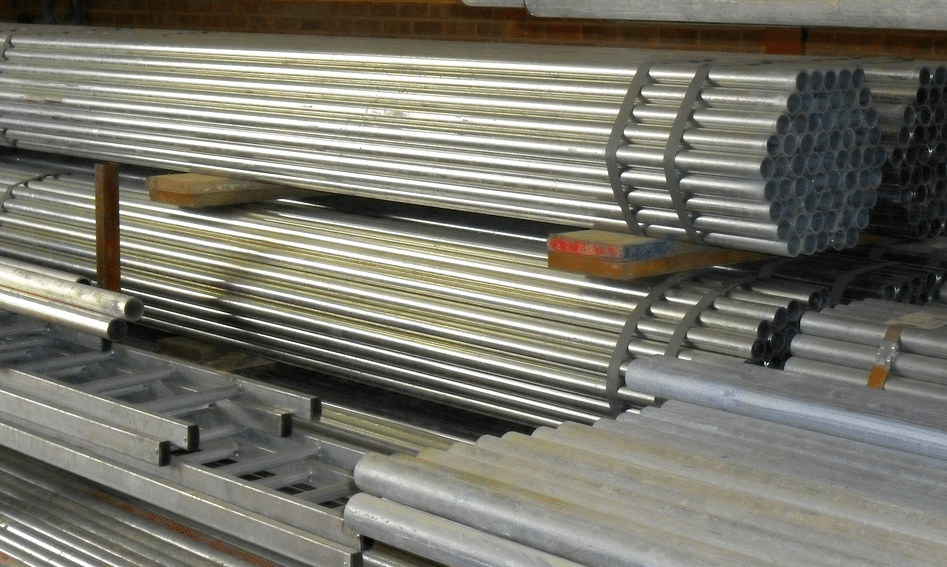When it comes to constructing scaffolding systems, choosing suitable materials is essential for ensuring the safety and efficiency of workers at elevated heights. Scaffolding planks, in particular, are critical in providing a stable and secure platform. While various options are available, one material stands out as the clear winner: aluminium. With its exceptional strength, lightweight construction, durability, and numerous other benefits, aluminium scaffold planks reign supreme over other materials. In this article, explore the reasons why they are a preferred choice.
Strength and Durability:
Aluminium is renowned for its exceptional strength-to-weight ratio. It offers a remarkable combination of lightweight construction and high durability. Unlike wooden planks that may warp, crack, or split over time, aluminium planks are incredibly tear-resistant. They can withstand heavy loads without compromising their structural integrity, ensuring the safety of workers on the scaffold.
Lightweight and Maneuverable:
One of the primary advantages is their lightweight nature. Compared to traditional wooden products, aluminium planks are significantly lighter, making them easier to transport, set up, and dismantle. The reduced weight also means less strain on workers during installation and movement, leading to increased productivity and reduced fatigue.
Low Maintenance:
Maintaining planks can be a time-consuming and costly task. However, aluminium planks require minimal upkeep, saving time and money in the long run. In addition, they can withstand harsh weather conditions and do not need extensive cleaning or repair, reducing downtime and increasing the overall efficiency of the construction project.
Versatility and Adaptability:
Aluminium planks offer excellent versatility and adaptability for different construction projects. They come in various lengths and widths to accommodate specific job requirements. They can also be easily cut and modified to fit unique configurations or irregularly shaped structures. This flexibility makes them suitable for various applications, from residential projects to large-scale industrial construction sites.
Environmental Friendliness:
As sustainability becomes increasingly important, choosing environmentally friendly construction materials is paramount. Aluminium is a highly recyclable material, with over 75% ever produced still in use today. Opting for such products reduces the demand for new materials, minimising environmental impact. Furthermore, recycling them requires significantly less energy compared to the production of primary ones, making them a greener choice for construction projects.
Longevity and Cost-effectiveness:
Aluminium planks have an impressive lifespan, outlasting many other materials commonly used. Their durability and resistance to corrosion mean they can withstand years of heavy use without significant deterioration. This longevity translates into cost savings for construction companies, as they don’t have to replace planks as frequently. While the initial cost may be higher than some alternatives, the long-term savings and reduced maintenance expenses make them a cost-effective investment.
Compliance with Safety Standards:
Safety is paramount in any construction project. Manufacturers subject aluminium planks to stringent testing procedures, ensuring their ability to support the necessary load capacities and withstand a wide range of forces. By utilising compliant aluminium planks, construction companies actively adhere to safety guidelines, significantly minimising the risk of accidents and potential legal liabilities.
In conclusion, aluminium scaffold planks offer numerous advantages over other materials, making them the superior choice for construction projects. Their strength, durability, lightweight nature, low maintenance requirements, versatility, and environmental friendliness make them an ideal option for such systems. Ultimately, opting for aluminum scaffold planks not only ensures enhanced structural integrity and longevity but also promotes efficiency, cost-effectiveness, and sustainability in construction endeavors.

Welcome to our blog! My name is Yuvraj Kore, and I am a blogger who has been exploring the world of blogging since 2017. It all started back in 2014 when I attended a digital marketing program at college and learned about the intriguing world of blogging.
